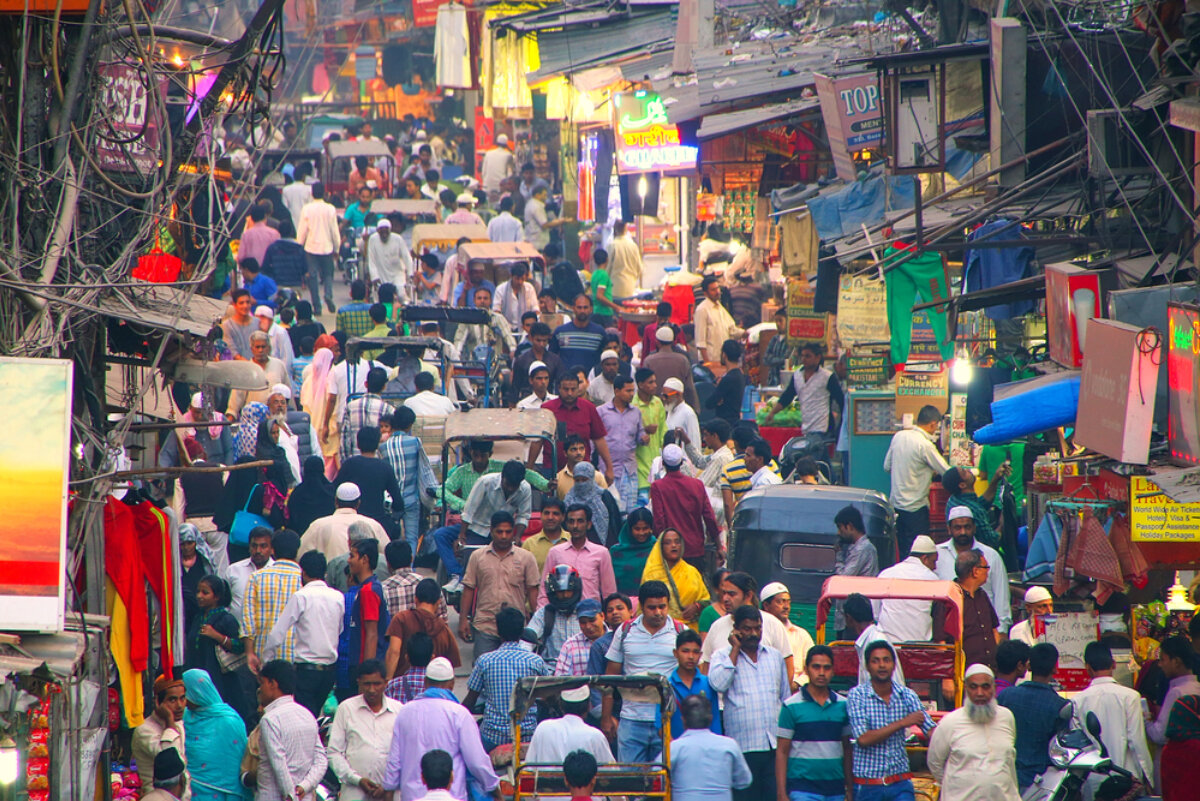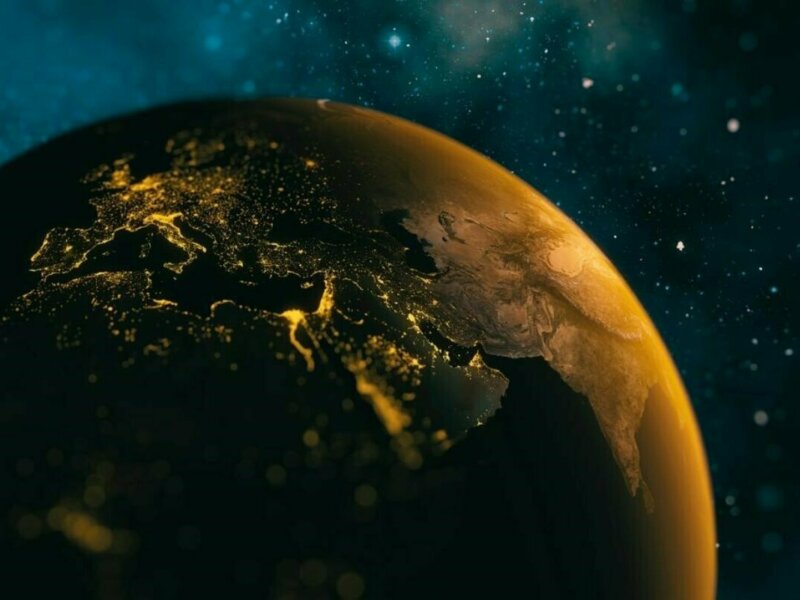L’India tra nuove ricchezze e vecchie povertà
L’India registra una vertiginosa crescita produttiva, ma gran parte della sua popolazione non ne trae giovamento. L’analisi di Guido Bolaffi

Don Mammoser / Shutterstock.com
È davvero possibile che l’India nel breve giro dei prossimi due-tre anni, scavalcando Giappone e Germania, diventi la terza potenza economica mondiale alle spalle di Stati Uniti e Cina?
Domanda che si sono posti in molti dopo che il Premier Narendra Modi lo scorso 26 luglio, in occasione dell’inaugurazione a New Delhi del nuovo International Exhibition-cum-Convention Center (IECC), ha affermato: “I want to assure that during the third tenure of our government, India will be among the top three economies of the world”.
Scatenando gli entusiastici peana dei suoi supporter e, all’opposto, le accigliate ironiche obiezioni degli oppositori.
Questi ultimi, infatti, preoccupati dai negativi sondaggi sul probabile esito delle prossime, cruciali, elezioni politiche 2024, hanno bollato l’impegnativa promessa fatta dal Primo Ministro come una pura e semplice conferma della sua formidabile energy in electioneering. Termine coniato da Pratap Bhanu Mehta nel pezzo Ahead of 2024, BJP’s worry within: “To put the matter as dispassionately as possible, the BJP’s economic performance in political terms has not been incompetent enough to generate a massive economic backlash against the government [...] But equally, there is a growing realisation, even amongst BJP supporters, that instead of a revolutionary transformation of Indian state, governance, in the broadest sense, has more or less converged on the mean [...] The Prime Minister still displays enormous energy in electioneering”.
Ma se dalla legittima ma facile polemica politica dei critici di Modi guardiamo con obbiettività ai fatti, forse riusciamo ad avere un’idea più precisa delle straordinarie, ancorché contraddittorie performance in atto nell’economia del gigante indiano.
Soprattutto grazie all’aiuto dell’ottimo economista di Delhi Udit Misra. Che il 28 luglio scorso nell’articolo 3rd largest economy in 3rd Modi term? Anatomy of India’s growth - dopo aver confermato che in base ai dati dell’International Monetary Fund (IMF) nel 2027 l’India sarebbe salita al terzo posto nella classifica mondiale delle maggiori economie del Pianeta - spiegava: “The reason for India leapfrogging some of these big economies is that while India’s GDP between 2014 and 2023 grew by 83%, other competing countries stagnated [...] Despite India’s economy not growing as fast as it would like (read 8-9% per annum), even a more modest growth rate of 6% per annum will be enough for India to overtake Germany and Japan by 2027 [but] moving from rank 10 to rank 5 was relatively easier because the GDPs were within $1 trillion of each other. The gap between the third rank and the first two is far greater. In 2027, India’s GDP will be one-fifth of China’s (short by $ 20 trillion) and one-sixth of the US (short by $26 trillion). Also one should not forget that these are aggregate numbers for the whole economy. Actual prosperity is better captured by per capita GDP numbers. Here, the gap is way too much. At $2.600 per annum, India’s per capita GDP is not only the lowest among the top 10 countries but considerably lower than that of the countries it has overtaken, such as $ 47.000 in the UK or $ 37.000 in Italy or $ 10.000 in Brazil”.
Insomma, se è vero che l’economia dell’India di Modi procede spedita come una locomotiva - secondo il quotidiano Financial Times of India del 14 luglio: “A new small business survey said that 31% of small businesses and 46 % of medium-sized businesses exported to three or more market by 2022 up from of 9% and 6% respectively in 2020 [...] Export of Indian MSME-related products which stood at $190 billion in the financial years 2021-22 was equivalent to half of Pakistan gross domestic product” -, è altresì vero che, come dice il proverbio, non è tutto oro ciò che brilla. Infatti, nella nazione più popolosa della Terra ci sono ancora decine, centinaia di milioni di individui che traggono poco o nessun giovamento dalla sua straordinaria crescita produttiva. Basti pensare che secondo l’indagine condotta nel 2021 dal People Research on India’s Consumer Economy (PRICE) su un campione di 1 milione e 500 mila individui, erano ben 190 milioni quelli con un reddito annuo inferiore a 2 dollari USA.
L’India è oggi alle prese con una difficile, dolorosa divisione tra nuove ricchezze ed antiche povertà, che Adam Tooze nella storica intervista rilasciata nel 2022 a Foreign Policy What Accounts for the Economic Gap Between China and India? spiega così: “India did not have a genuine social revolution at the moment of independence from Britain [...] India transition out of colonial rule, which was so oppressive in many ways and unproductive in many ways into independence but without a radical transformation”.



